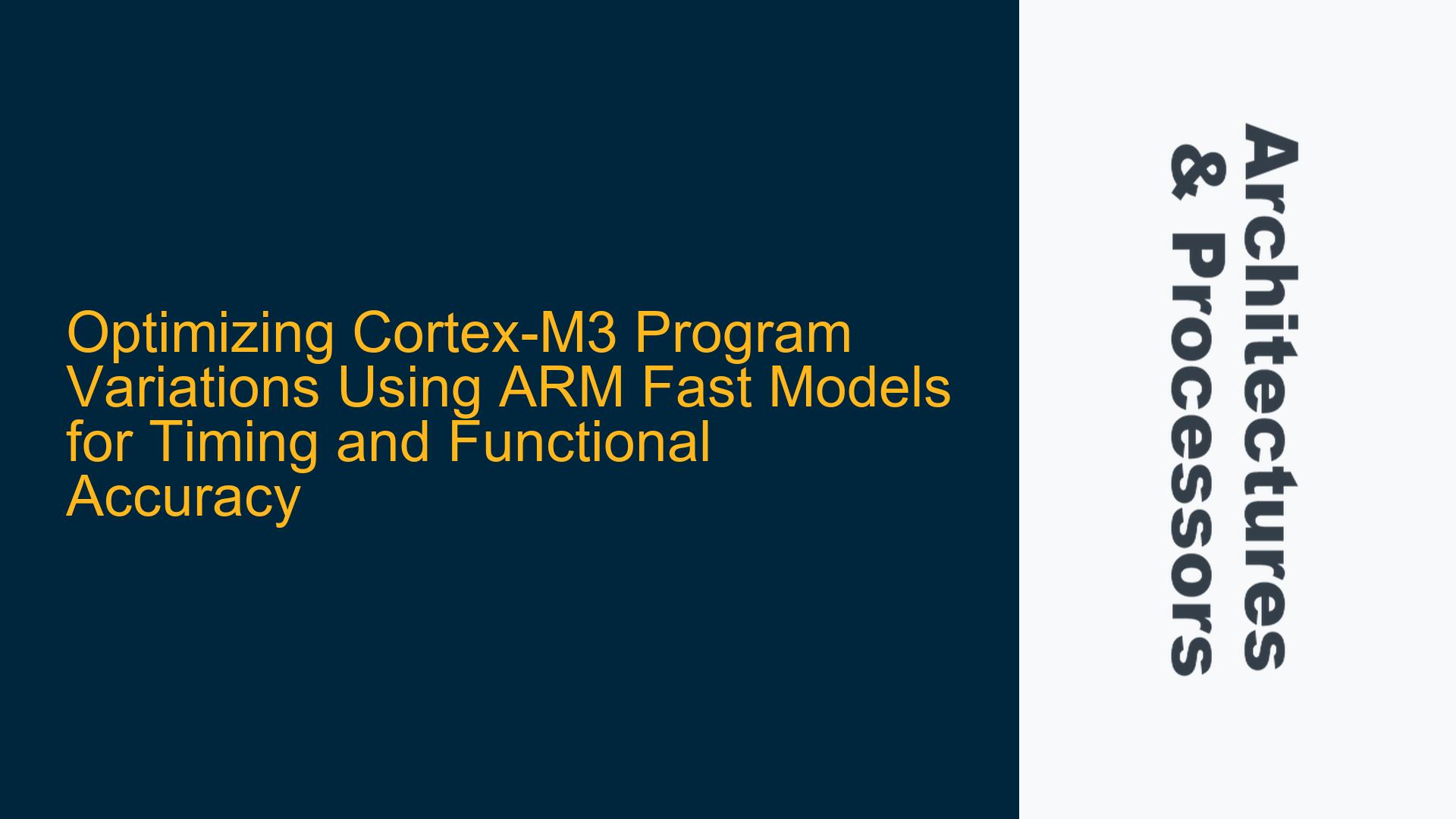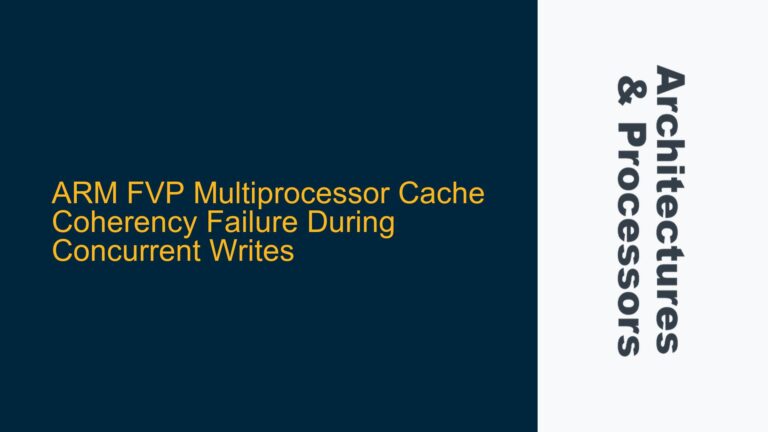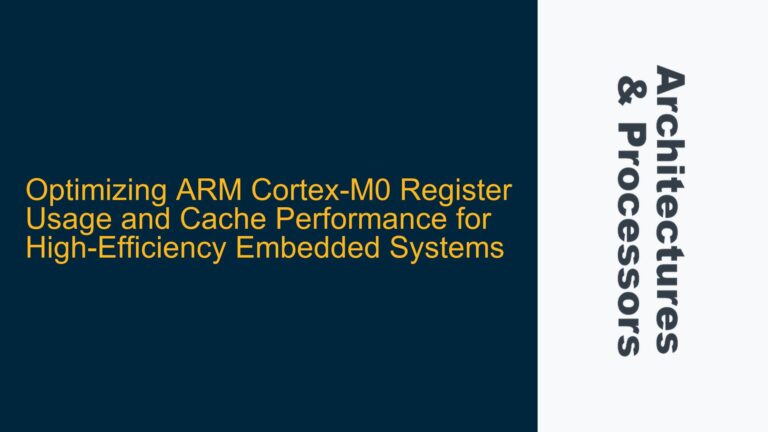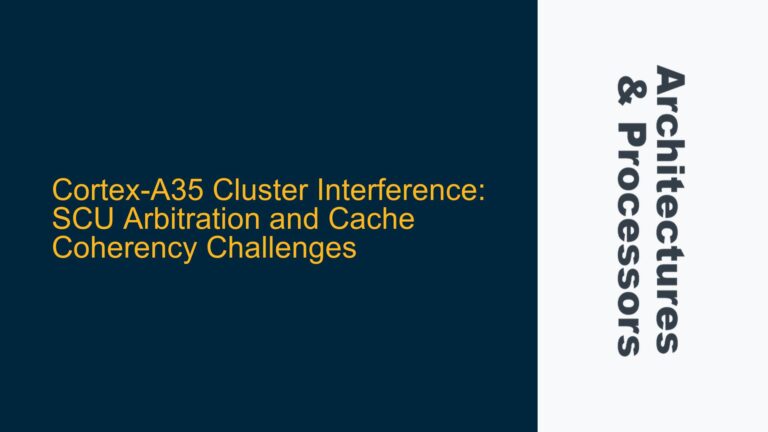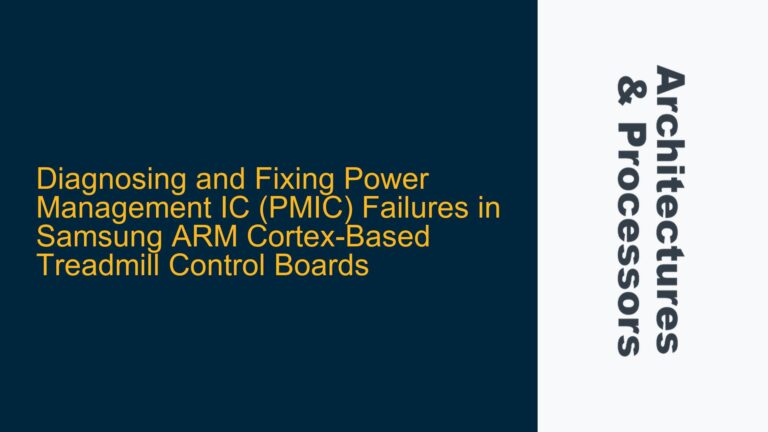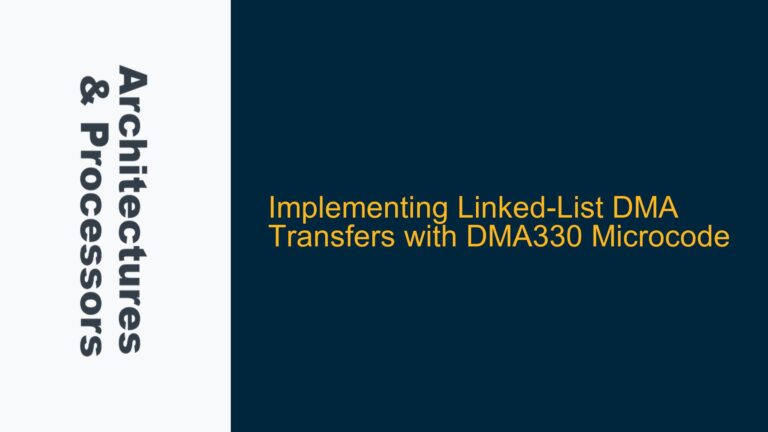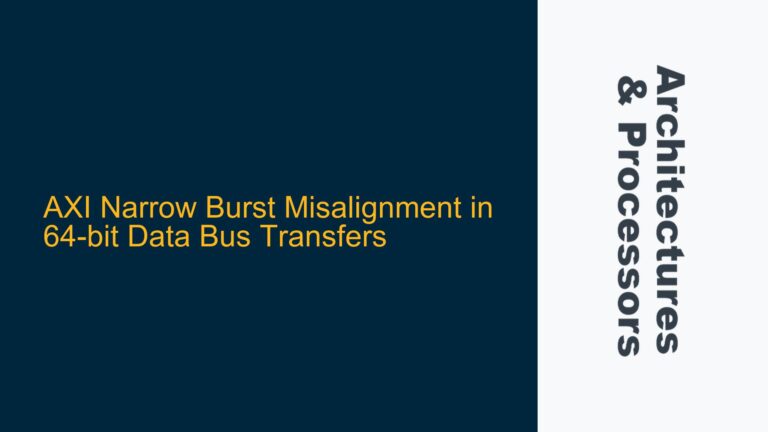Cortex-M3 Program Optimization Challenges with Large Test Data Sets
When optimizing program variations for a Cortex-M3 microcontroller, one of the primary challenges is the need to process large amounts of input test data to assess performance differences between variations. Running these tests on actual hardware, such as a PCB with a Cortex-M3, can be prohibitively time-consuming, often taking weeks to complete. This is especially true when dealing with tens of gigabytes of output data. The goal is to find a tool that can emulate the Cortex-M3’s functionality and timing accurately while significantly speeding up the simulation process.
The Cortex-M3 is a widely used microcontroller in embedded systems, known for its balance of performance, power efficiency, and cost-effectiveness. However, its relatively limited processing power compared to higher-end processors means that running extensive test data sets on actual hardware is impractical for rapid development cycles. This is where simulation tools like ARM Fast Models come into play. Fast Models are designed to provide high-speed, functionally accurate simulations of ARM processors, including the Cortex-M3, enabling developers to test and optimize their code without relying solely on physical hardware.
The challenge lies in ensuring that the simulation not only produces the correct functional output but also provides accurate timing information. Timing accuracy is crucial for assessing the performance of different program variations, as it directly impacts execution speed, which is often a critical metric in embedded systems. While Fast Models are not cycle-accurate, they do offer timing annotation capabilities that can approximate real-world timing behavior. This makes them a viable option for performance benchmarking, provided that the limitations and trade-offs are well understood.
Trade-offs Between Simulation Speed and Timing Accuracy in ARM Fast Models
ARM Fast Models are designed to prioritize simulation speed, often running at hundreds of MHz on a typical host machine. This high-speed performance is achieved by abstracting away certain low-level details that are not necessary for functional accuracy but are critical for cycle-accurate timing. As a result, Fast Models are 100% functionally accurate, meaning they execute instructions in the same way as real silicon, but they do not provide cycle-by-cycle timing information out of the box.
The trade-off between simulation speed and timing accuracy is a key consideration when using Fast Models for performance optimization. While the models can execute instructions and provide high-level performance metrics such as the number of instructions executed, they require additional configuration to approximate real-world timing behavior. This is where timing annotation comes into play. Timing annotation allows developers to add timing information to the model, making it more representative of the actual hardware’s performance characteristics. However, this added complexity comes at the cost of reduced simulation speed, as the model must now account for timing details that were previously abstracted away.
Another factor to consider is the impact of cache functionality on simulation accuracy. The Cortex-M3 does not include a cache, but many ARM processors do, and cache behavior can significantly affect execution timing. Fast Models can simulate cache behavior, but this further increases the computational load and reduces simulation speed. For Cortex-M3 simulations, cache simulation is not necessary, but understanding the trade-offs between simulation speed and timing accuracy is still crucial for effective performance optimization.
Implementing Timing Annotation and Output Data Management in Fast Models
To achieve the desired balance between simulation speed and timing accuracy, developers can implement timing annotation in ARM Fast Models. Timing annotation involves adding timing information to the model to approximate the real-world execution timing of the Cortex-M3. This can be done using the Timing Annotation Engine (TAE), which allows developers to specify timing parameters for different parts of the model, such as instruction execution times and memory access latencies.
The first step in implementing timing annotation is to gather accurate timing information for the Cortex-M3. This can be obtained from the ARM Technical Reference Manual (TRM) for the Cortex-M3, which provides detailed information on instruction execution times and other timing-related parameters. Once this information is available, it can be used to configure the TAE in Fast Models. The TAE allows developers to specify timing parameters at a granular level, enabling them to create a model that closely approximates the timing behavior of the actual hardware.
In addition to timing annotation, managing the output data generated by the simulation is another critical aspect of using Fast Models for performance optimization. Fast Models provide several mechanisms for capturing and analyzing simulation output data. One approach is to use the SignalLogger module, which allows developers to log signals and other data during the simulation. This data can then be saved to a file for further analysis. Another approach is to attach a large block of RAM to the model and use it to store output data, which can then be saved to a file at the end of the simulation.
To implement output data management, developers can configure the Fast Model to include a memory component that simulates a large block of RAM. This memory component can be used to store the output data generated by the program variations being tested. At the end of the simulation, the contents of this memory can be saved to a file for further analysis. This approach allows developers to capture large amounts of output data without significantly impacting simulation performance.
In summary, ARM Fast Models offer a powerful tool for optimizing Cortex-M3 program variations by providing high-speed, functionally accurate simulations. By implementing timing annotation and effective output data management, developers can achieve a balance between simulation speed and timing accuracy, enabling them to assess the performance of different program variations efficiently. While Fast Models are not cycle-accurate, their ability to approximate real-world timing behavior makes them a valuable tool for performance optimization in embedded systems development.
